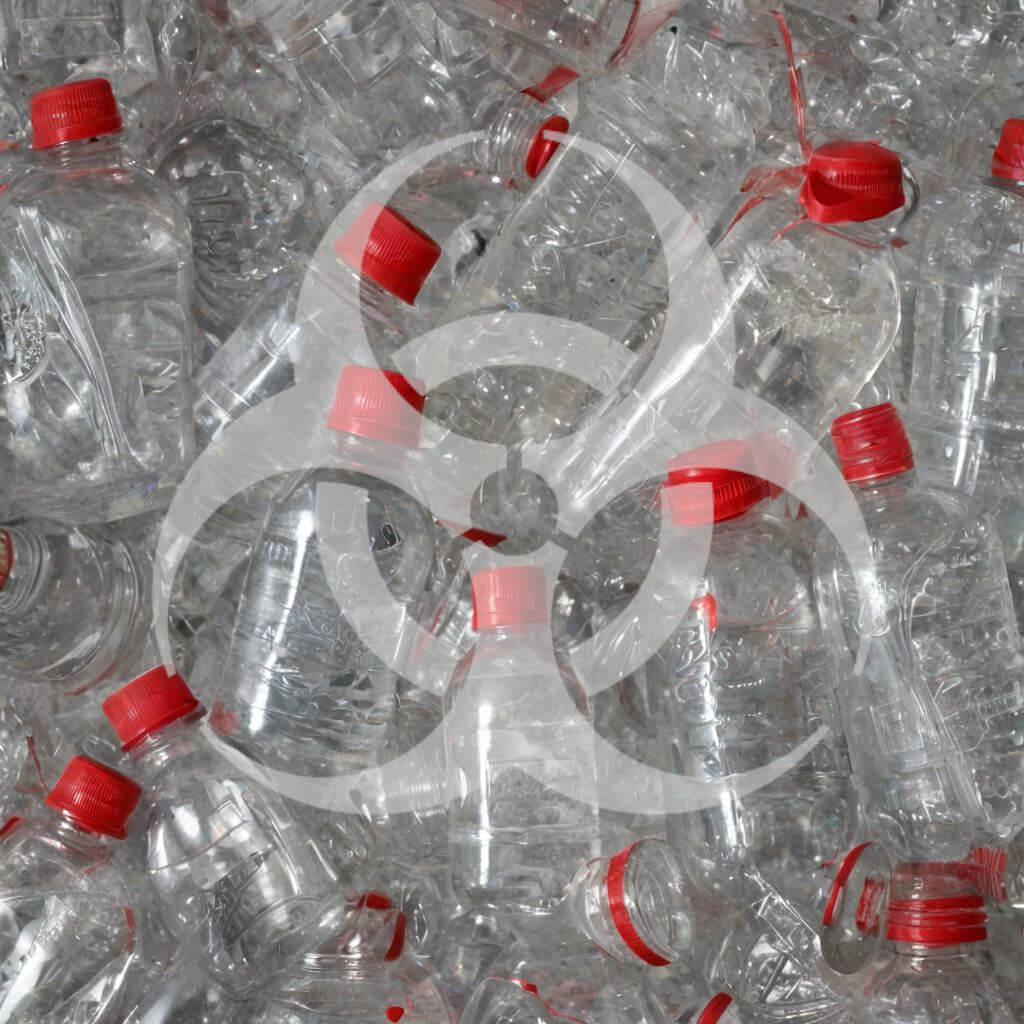In recent years, the presence of tiny plastic particles in bottled water has sparked significant concern among consumers and researchers alike. A groundbreaking study by Columbia University’s Lamont-Doherty laboratory, published in the Proceedings of the National Academy of Sciences, highlights an alarming issue: the proliferation of nanoplastics and associated chemicals in bottled water. These findings underscore the pressing need to reassess our reliance on bottled water and consider the implications of nanoplastic contamination on human health and the environment.
Understanding Nanoplastics
Nanoplastics, much smaller than their microplastic counterparts, pose a potentially greater threat due to their ability to penetrate human cells. The study reveals that these minuscule particles may not only originate from the plastic bottles and caps but also from the filtration processes intended to remove such contaminants. The pervasive nature of plastic contamination, identified in every stage of bottled water production—from source to shelf—raises concerns about the safety of what many consider a ‘pure’ beverage option.
The Irony of Bottled Water
The allure of bottled water, often marketed as a purer alternative to tap water, is challenged by the study’s findings. Major bottled water brands, some of which are owned by soft drink corporations, capitalize on the perception of purity and safety. However, the irony lies in the fact that these companies frequently source water from the same natural springs that supply municipal tap systems, only to introduce nanoplastics through the bottling process. This revelation calls into question the purported superiority of bottled water over tap water.
Environmental and Health Implications
The environmental impact of bottled water extends beyond the issue of nanoplastic contamination. The production and transportation of bottled water contribute to pollution and the depletion of natural resources. The study also touches on the broader issue of pollution from ‘forever chemicals,’ underscoring the need for comprehensive solutions to water contamination.
Towards Safer Water Consumption
The findings of the Columbia University study serve as a wake-up call to consumers and policymakers alike. For many, especially in regions like California, tap water offers a viable and safer alternative to bottled water. Recent initiatives to purify and reuse water, including the treatment of sewage to produce drinking water, demonstrate the potential for innovative solutions to ensure the safety and purity of our water supplies.
The presence of nanoplastics in bottled water is a clear indicator of the urgent need to reevaluate our drinking water choices. By embracing advanced filtration technologies and supporting sustainable water management practices, we can protect our health and preserve the purity of our water resources. The journey toward safer water consumption begins with awareness and action, empowering individuals and communities to make informed decisions about their water intake.
The Role of Reverse Osmosis and Water Conditioners
Addressing the issue of nanoplastic contamination necessitates a closer look at water filtration technologies. Reverse osmosis systems, capable of removing a wide range of contaminants, including nanoplastics, offer a promising solution for purifying drinking water at the point of use. Similarly, whole-home water conditioners can play a critical role in improving water quality, reducing the presence of harmful chemicals and particles. These technologies not only enhance the safety of drinking water but also contribute to the overall effort to minimize our exposure to hazardous substances.

